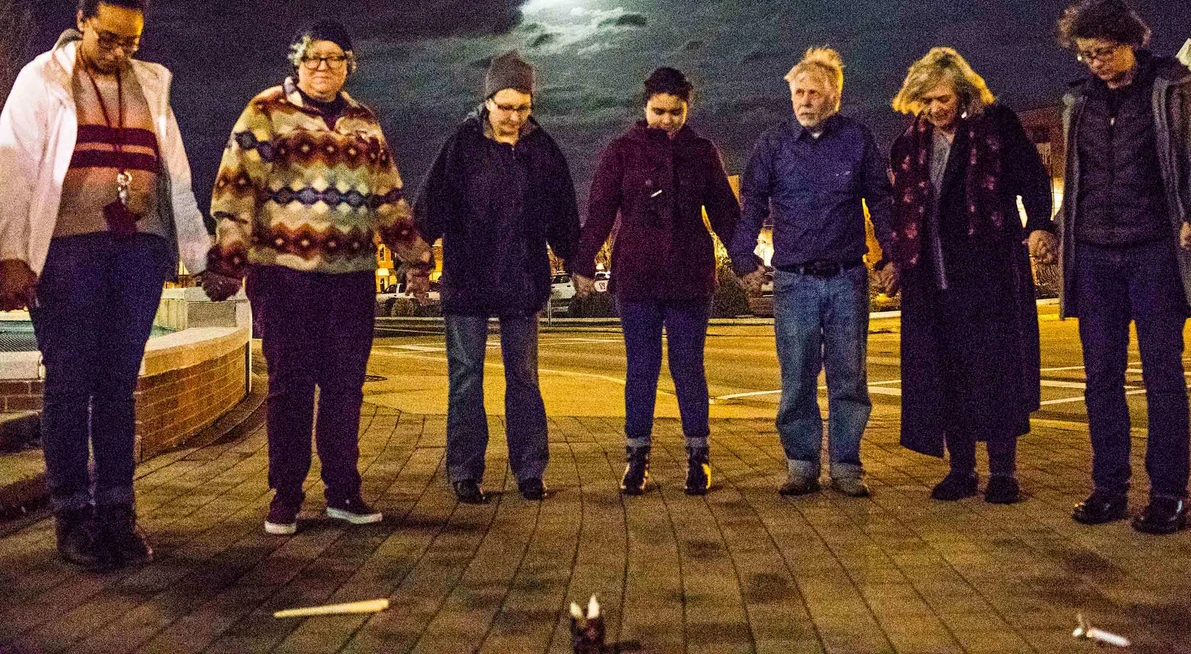Making Space for Girls
Vera’s Effort to End Girls’ Incarceration
In 2016, a sixteen-year old black girl named Gynnya McMillen died in the cell of a Kentucky juvenile detention center, after officers forcibly restrained her to remove her hoodie.
Unlike Trayvon Martin, Michael Brown, and Tamir Rice, who rightly became household names following their deaths, Gynnya’s name and death went largely unnoticed outside of Kentucky, even by many who work on youth justice reform.
So why haven’t we heard about Gynnya alongside the stories of black boys? Much of the answer lies in a question often confronted by those seeking to make space for girls in justice reform: “Why girls?” (or its close counterpart “What about the boys?”). Embedded in the question is an argument: Girls are not worthy of focused consideration or resources because they make up only 25 percent of youth in the justice system. Anyone working on girls’ justice knows they must be more prepared to justify the existence of their work for girls than its content—a reality that has had the impact of systematically silencing girls’ experiences and stifling the development of strategies to keep girls out of the justice system. But, at its core, is the field’s refusal to focus on girls really about numbers? Does Gynnya’s death matter less because she is only one child? A compelling TED talk by Dr. Kimberlé Crenshaw suggests that the reason the deaths of girls like Gynnya receive less attention has more to do with systemic bias at the intersection of race and gender that leaves incarcerated girls’ experiences behind.
Ultimately, if America’s vision for youth and racial justice is not big enough to include a focus on girls—or to talk about how racism and sexism converge to put girls like Gynnya in handcuffs and cells all across the country—then it’s a flawed vision. It’s also a vision that is missing a key component of reform work to help boys: an understanding of how gender and sexism intersect with racism to inform the entirety of mass incarceration, not just the incarceration of women and girls. Indeed, it is difficult to credibly argue in the same breath that youth justice and mass incarceration are issues about boys and men and then justify a lack of focus on gender in reform.
Like so many girls held in juvenile detention centers, Gynnya was struggling with challenges at home and lived in a foster care group home. She was held in custody because she allegedly hit her mother while she was home on a visit from foster care, not because she posed a risk to public safety. The decision to place Gynnya in custody in the first place was a failure to attend appropriately to the ways that girls struggle with trauma and family violence and, instead, to punish her by putting her in an unsafe environment.
The Vera Institute of Justice’s Center on Youth Justice takes an approach to juvenile justice reform that holds race and gender at the center of efforts to keep youth out of the justice system—boys, girls, LGBT and gender-nonconforming youth, all kids. Despite the field’s success in cutting the number of youth in custody in half over the last 15 years, the majority of girls who enter the juvenile justice system are still like Gynnya, detained for low-level offenses that pose no risk to public safety. Although these are the very types of offenses targeted by reform efforts, the benefits of reform haven’t always trickled down to girls.
Vera’s work to End Girls’ Incarceration seeks to realize justice for kids who have been systematically left behind in a field that for so long has focused almost exclusively on the incarceration of boys. It is long past time to make space for girls’ voices and stories—in conversations, in data analysis, in reform strategies. It is long past time to stop locking girls up in facilities that do more harm than good in addressing misbehavior and, instead, to make space for girls’ healing and growth. It’s long past time to make space for girls in our mission to promote equity for all kids.
Image credit: Associated Press.
